The Naked Data Center: HP's Extreme Scale-out Revolution
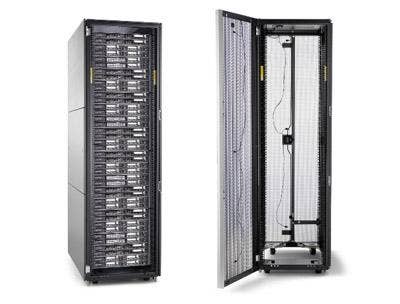
Hewlett-Packard is targeting the Web 2.0, cloud and high-performance computing markets with a new data center scale-out offering launched Wednesday that features a new "skinless" ProLiant server family, environmental mapping and management tools, and more robust data center planning services. The HP Extreme Scale-Out (ExSO) portfolio centers around the ProLiant SL6000 Scalable System -- a 42U rack with shared air-side cooling and power infrastructure, left, for pairs of the new HP ProLiant SL "skinless" servers housed in the HP ProLiant z6000 G6 chassis. Environmental sensors in the rack cabinet are seen at right. The ExSO portfolio will be made fully available in July with variable pricing depending on configuration and order volume.

The new HP ProLiant SL servers use 28 percent less power per server than traditional rack-based servers, according to Hewlett-Packard. How do they pull that off? Through a consolidated power and cooling infrastructure that features a "unique air-flow design," the company says. The ProLiant SL family is built around Intel's latest, greatest microprocessors -- the energy-efficient Nehalem class of Xeon chips -- so the power bill really gets a break with this offering.

A modular architecture is a must in "scale-out" computing, according to HP. The ProLiant SL6000 Scalable System features swappable "compute trays" that enable rapid installation and deployment of new nodes. Each 42U rack houses up to 672 processor cores and delivers 10 TB of capacity. Here, a ProLiant SL170z G6 server is being being pulled out of the rack.
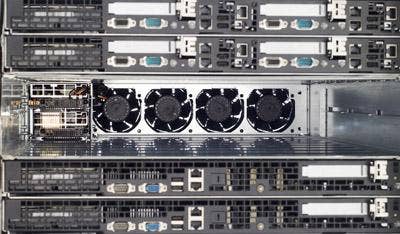
HP designed the ProLiant z6000 G6 chassis, left, to house a pair of the new ProLiant SL servers while eliminating the casings and other parts in the servers themselves. A big benefit is reduced weight -- ProLiant SL servers weigh 31 percent less and have half the data center footprint compared to their traditional counterpart -- which lowers shipping costs, a major concern in large deployments, and reduces an ExSO data center's power footprint, floor support requirements and facility construction costs.
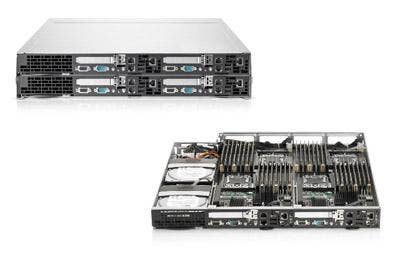
The HP ProLiant SL2x170z G6 server, one of three new systems in the initial ProLiant SL lineup, was designed for high-density data center environments built for high-performance computing and Web front-end applications. Two of the units slot into the HP ProLiant z6000 chassis, as seen at top left.
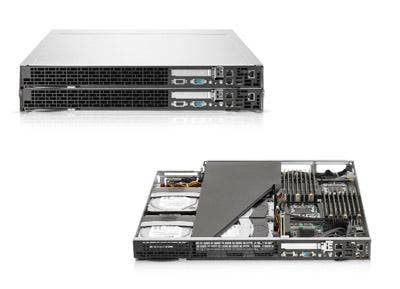
The HP ProLiant SL170z G6 server, on its own at bottom right and encased as a pair in the z6000 chassis above, is the storage workhorse in the new ProLiant SL family. These servers deliver the greatest storage capacity in the lineup, with up to six large form factor SATA or serial-attached SCSI (SAS) hard drives. The server is ideal for large storage applications such as Web search and database applications.
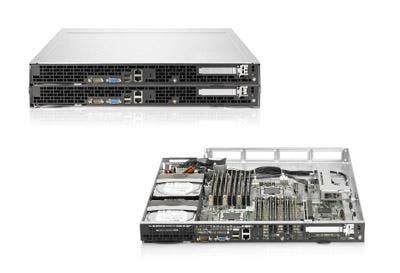
The HP ProLiant SL160z G6 server, shown alone at bottom right and paired in the z6000 chassis above, is a beast for memory-intensive applications in a scale-out environment. This system features 18 DIMM slots and up to two PCI slots, making it ideal for large memory cache apps.
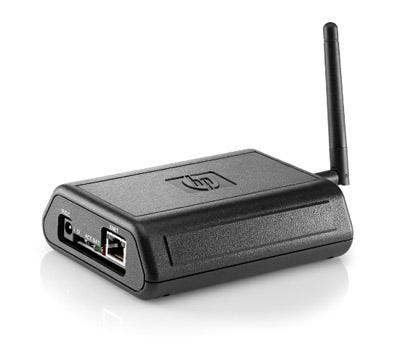
Wireless sensors throughout a data center tie into a base station gateway device, seen here, in the ExSO rack cabinet from HP. These sensors monitor variables such as temperature, humidity, air pressure and power utilization to deliver better environmental data to data center administrators looking to maximize efficiencies and cut energy costs.
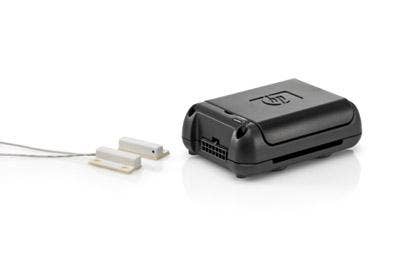
HP customers such as Dasher Technologies are excited about leveraging the benefits of the new ExSO architecture and product line, such as the expanded use of environmental sensors like the ones shown here. "What makes ExSO so innovative is that it's not a technology-only approach -- it's a comprehensive approach of server architecture, facilities operations and delivery models that solve the real-world challenges of data centers," said Al Chien, vice president of client solutions at Dasher, a Watsonville, Calif.-based HP Platinum Business Partner.
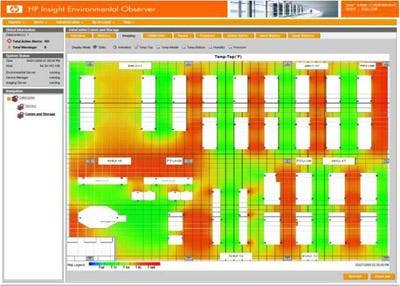
The HP Data Center Environmental Edge console, pictured at left, takes all the data gathered by the ExSO sensor array and delivers it to customers in a friendly user interface. The software provides complete visual mapping of environmental variables to enable administrators to quickly identify and take action on data center inefficiencies. While the initial HP ExSO offering targets customers with specific Web 2.0, cloud and high-performance computing demands, HP executives say they expect a sampling of other enterprise customers to get on board, with more market segments being addressed as the portfolio expands.